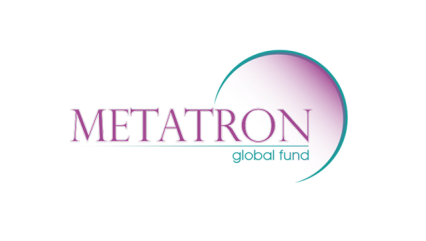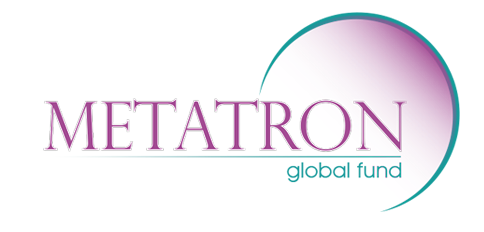In 2010, the EU was the world’s largest PV market. With more than 13 GW installed in 2010, its total installed PV capacity surged from 16 to almost 30 GW. Germany continued to represent more than 50% of it with 7,408 MW installed in 2010, followed by Italy (2,321 MW) and the Czech Republic (1,490 MW). France grew rapidly in 2010, installing 719 MW. After a disastrous 2009, the Spanish market recovered partially, despite adverse conditions, to reach 369 MW. In addition, medium-sized markets progressed in the right direction, with Belgium connecting 424 MW, Greece 150 MW and Slovakia 145 MW. The United Kingdom started to develop in 2010, and while its potential for 2011 may be less than initially expected, it remains one of the most promising markets in the EU in the short term. Other smaller countries appeared on the map or continued their growth, but their relative size (Slovenia, Bulgaria) or overly restrictive local regulations (Austria, Portugal, Switzerland) made them less important for the development of the PV market as a whole.
The appeal of solar energy is obvious. It is a virtually limitless resource. It’s free of greenhouse gas emissions, widely thought to contribute to global climate change. In developed countries using lots of air conditioners, it generates more electricity exactly when you need it– at times of peak electricity usage (e.g, you run your air conditioners more during the hottest, sunniest days of the summer time)Historically, and for the foreseeable future, solar power represents a tiny fraction of total global electricity generation and energy demand (less than 1%). However, growth has been rapid, and governments around the world have also encouraged solar energy through tax incentives. In 2009 Europe accounted for 5.60GW, 77% of global demand. German, Italy and the Czech Republic accounted for 4.07 GW as a group. Germany is the largest market in the world, followed by Italy.[1] However Germany is in the process of cutting back tax incentives on solar energy. In June of 2008, Germany approved a law cutting its solar subsidies by 10%. Further, under the law subsidies will fall another 8%-10% each year for the next three years

